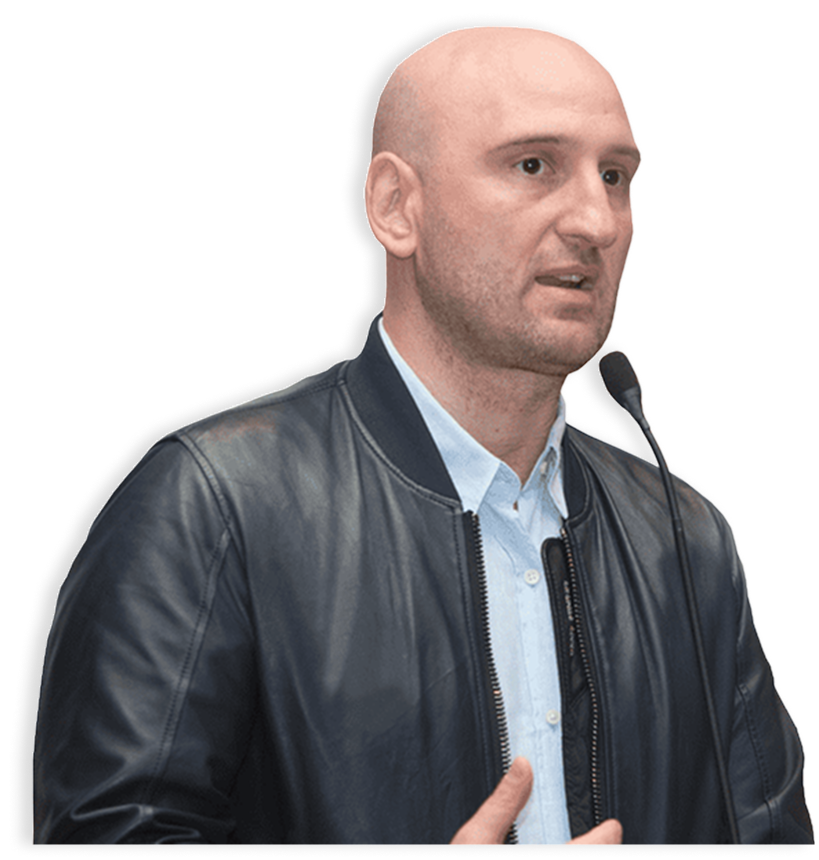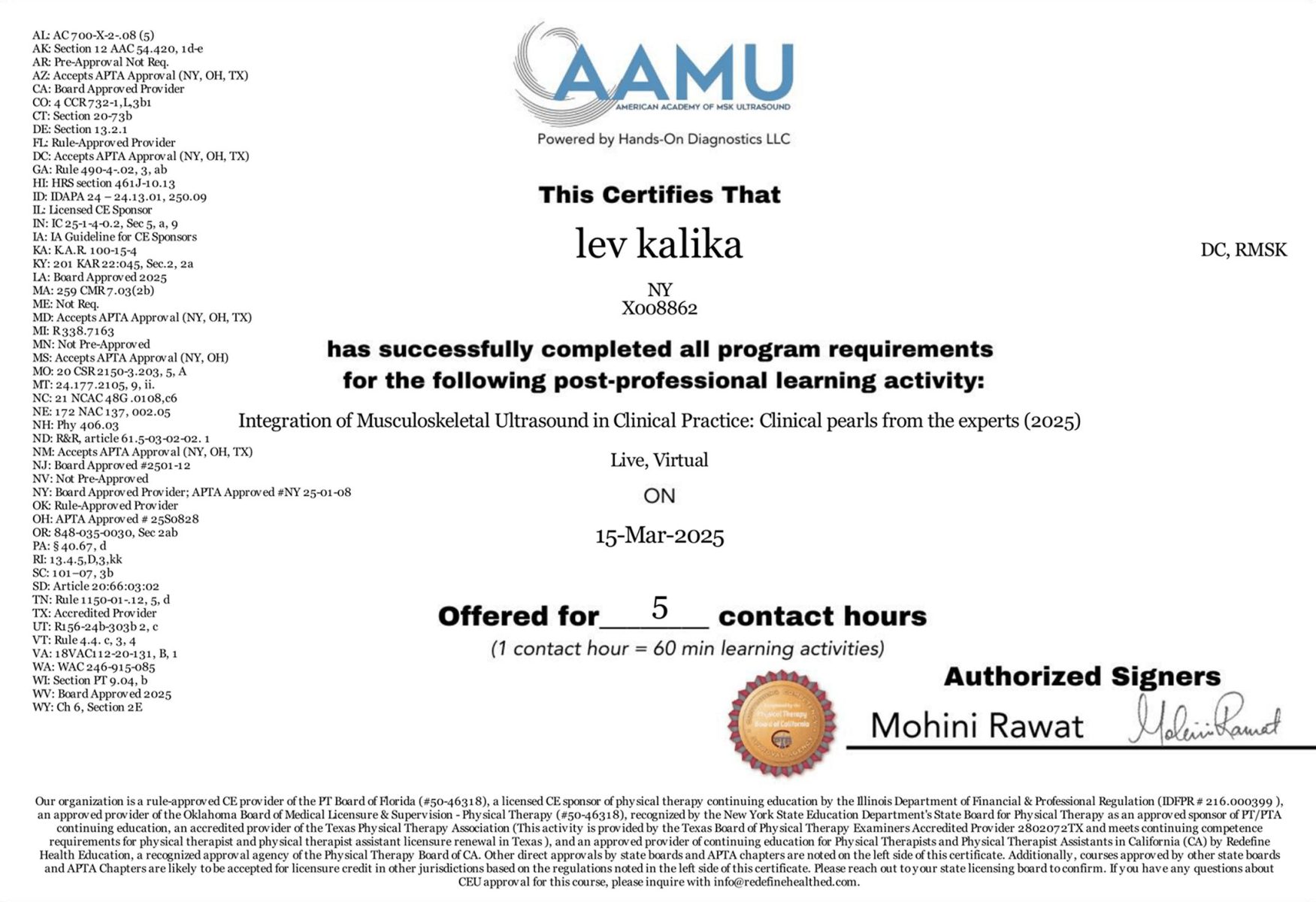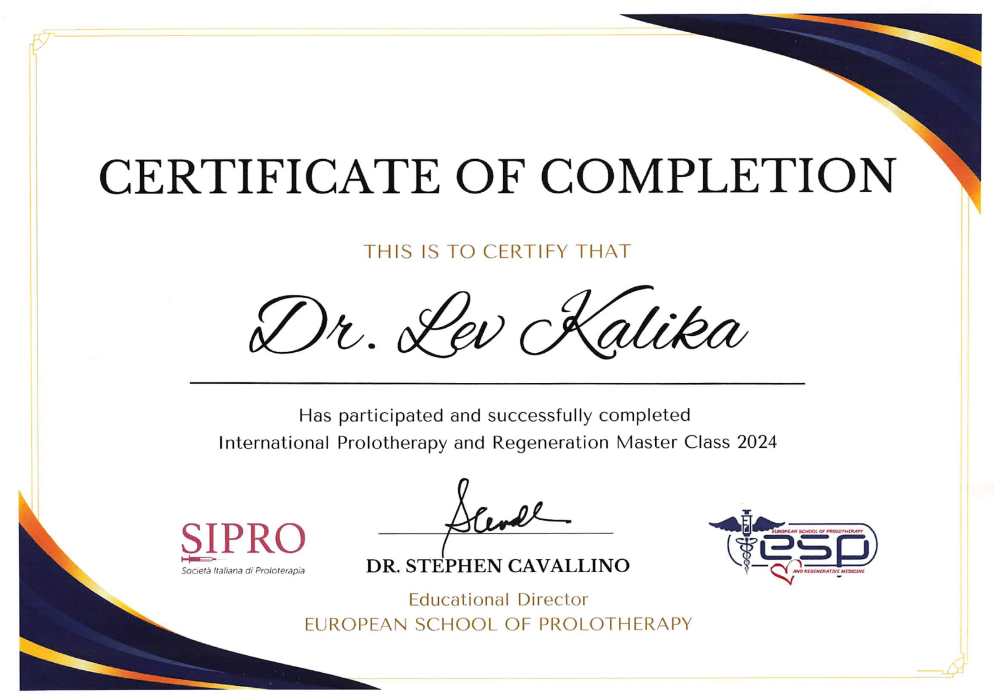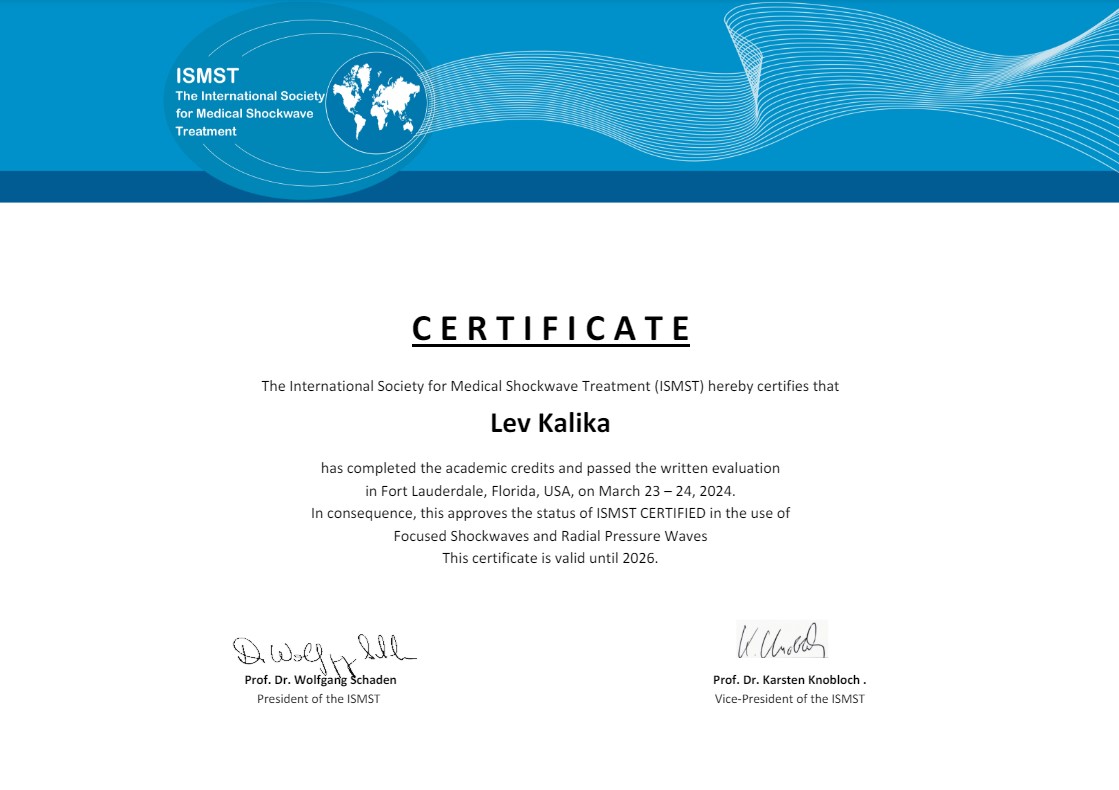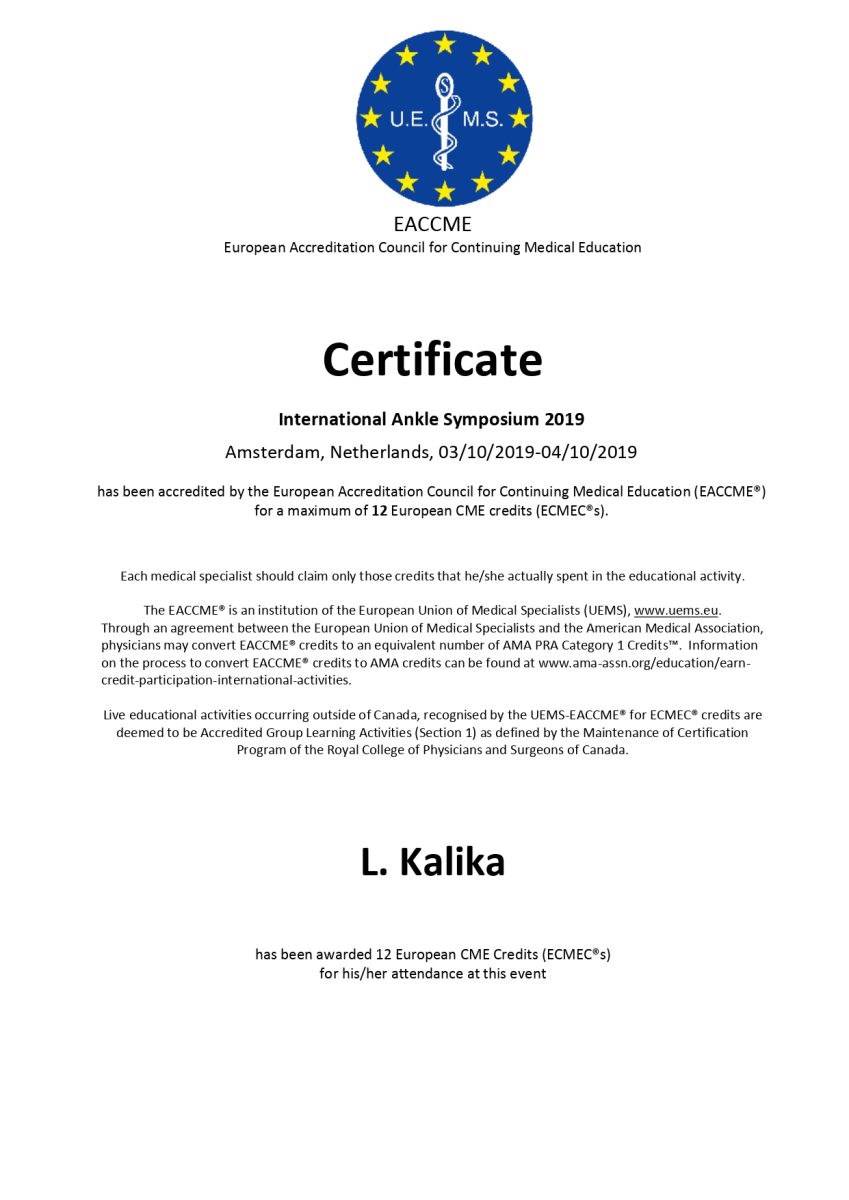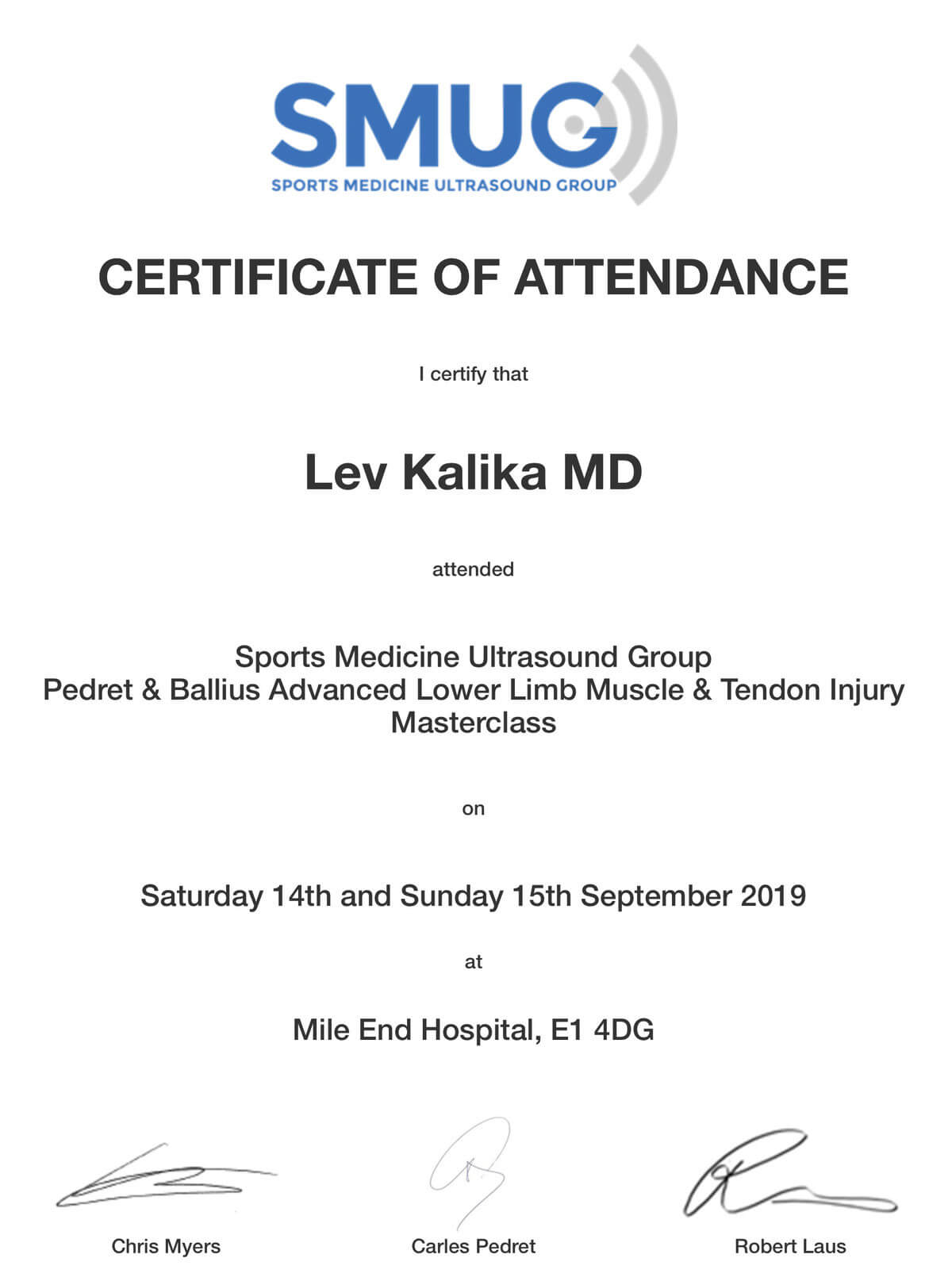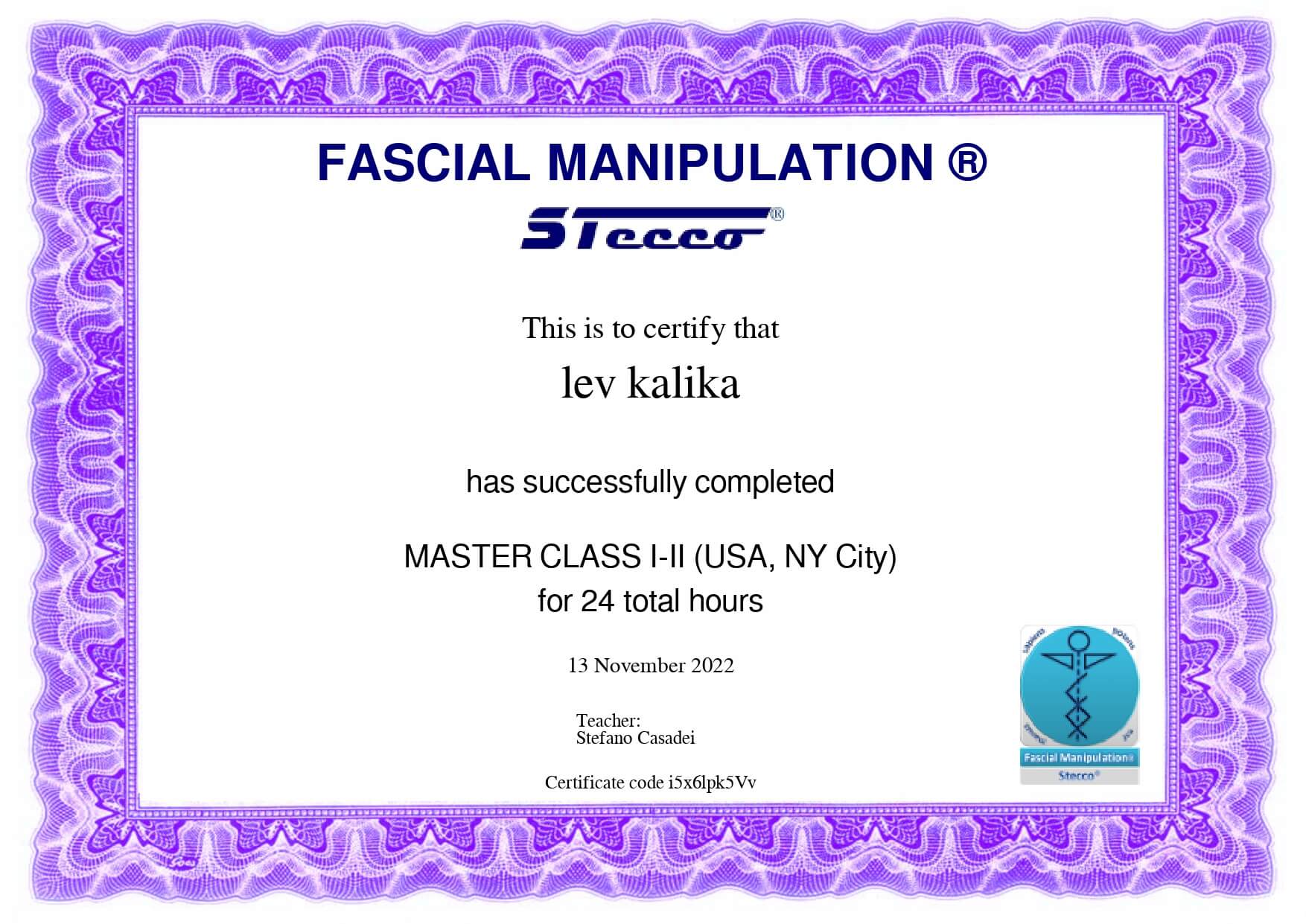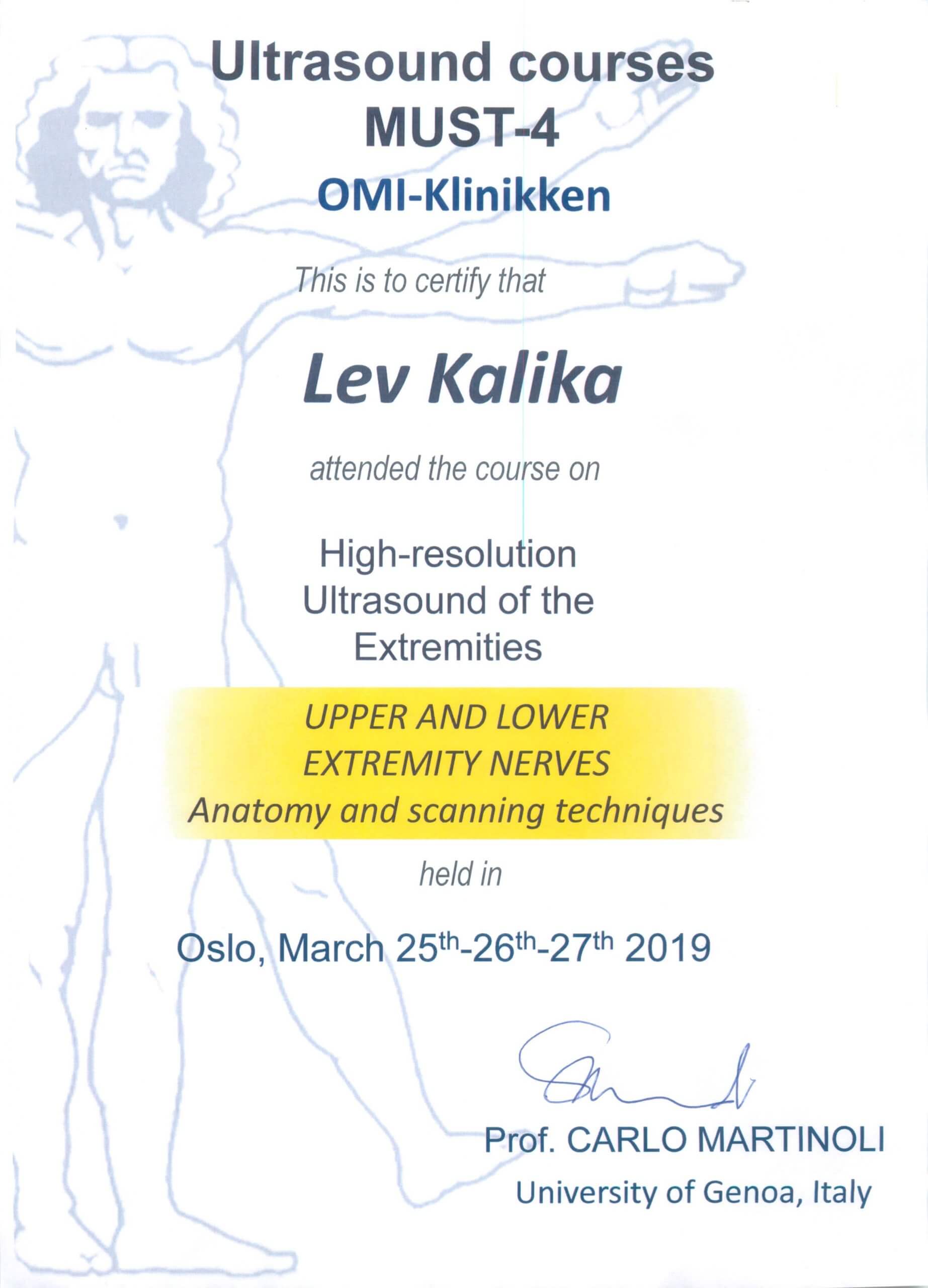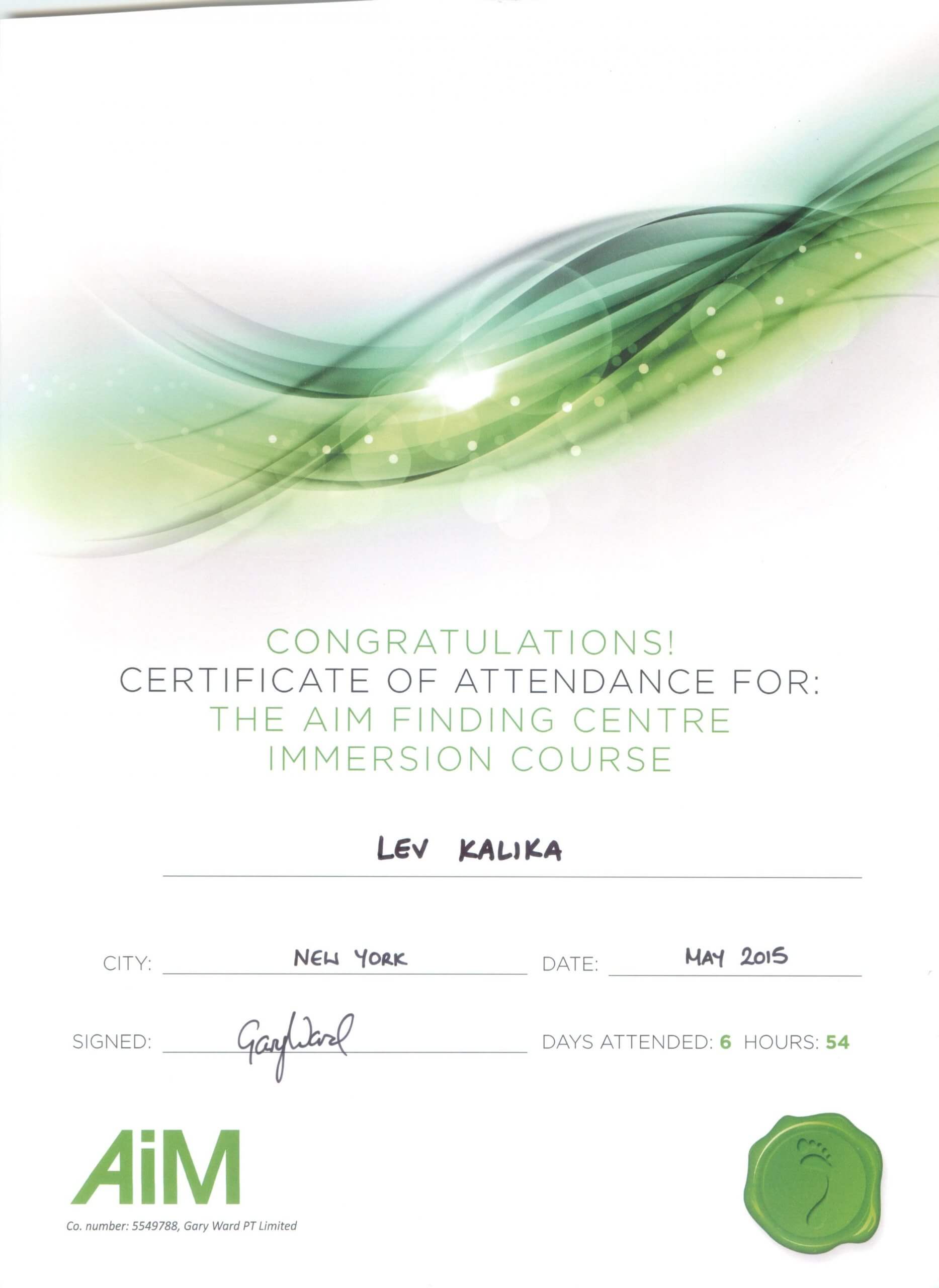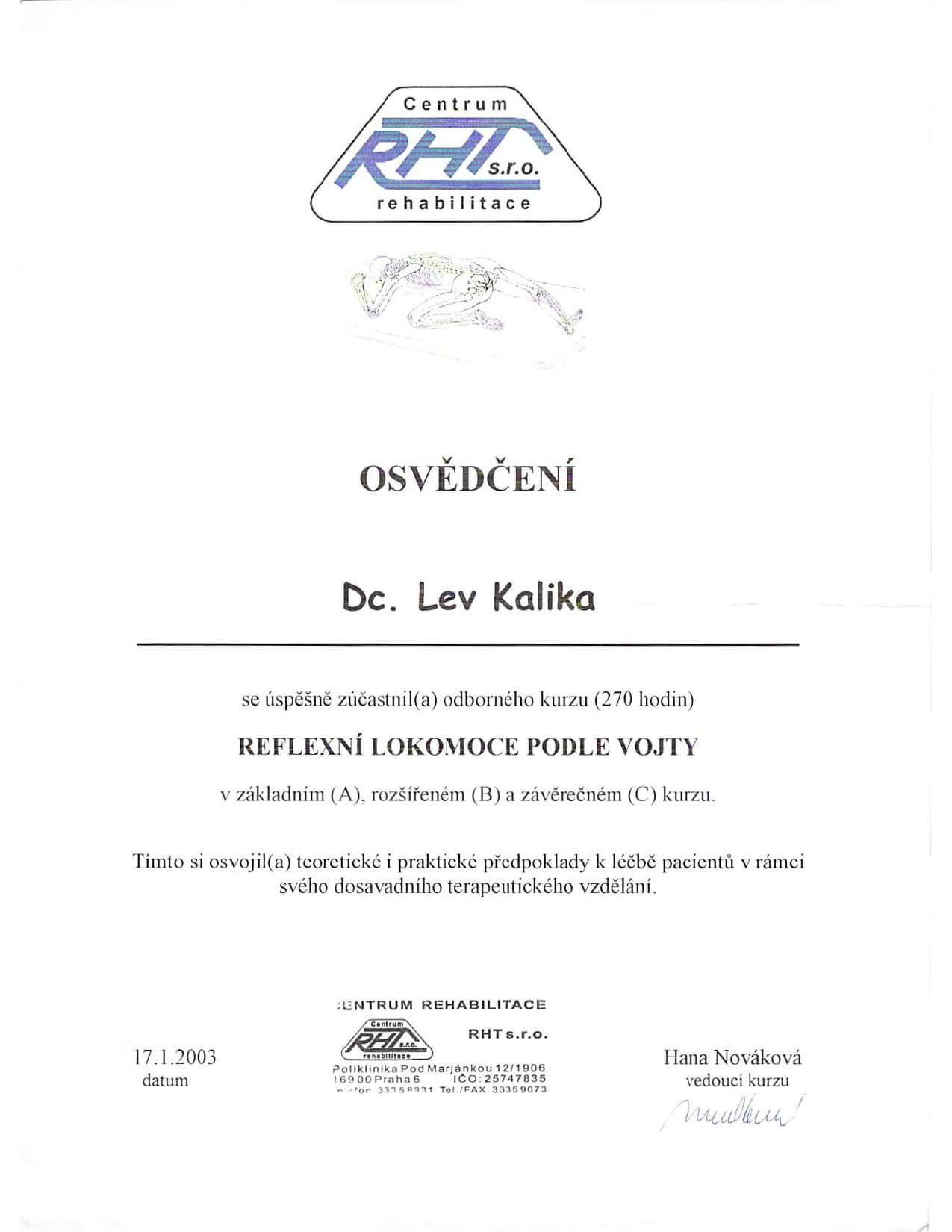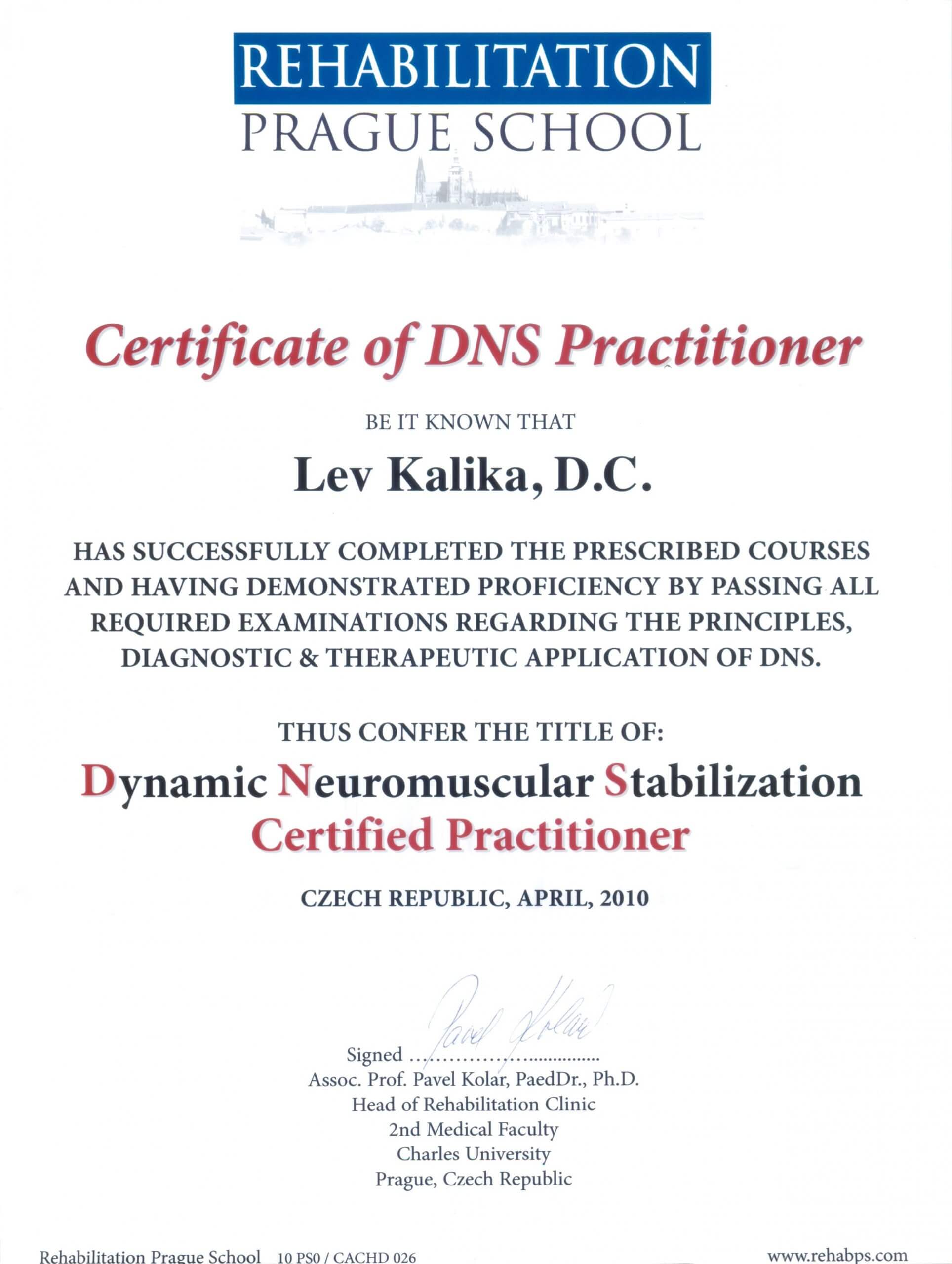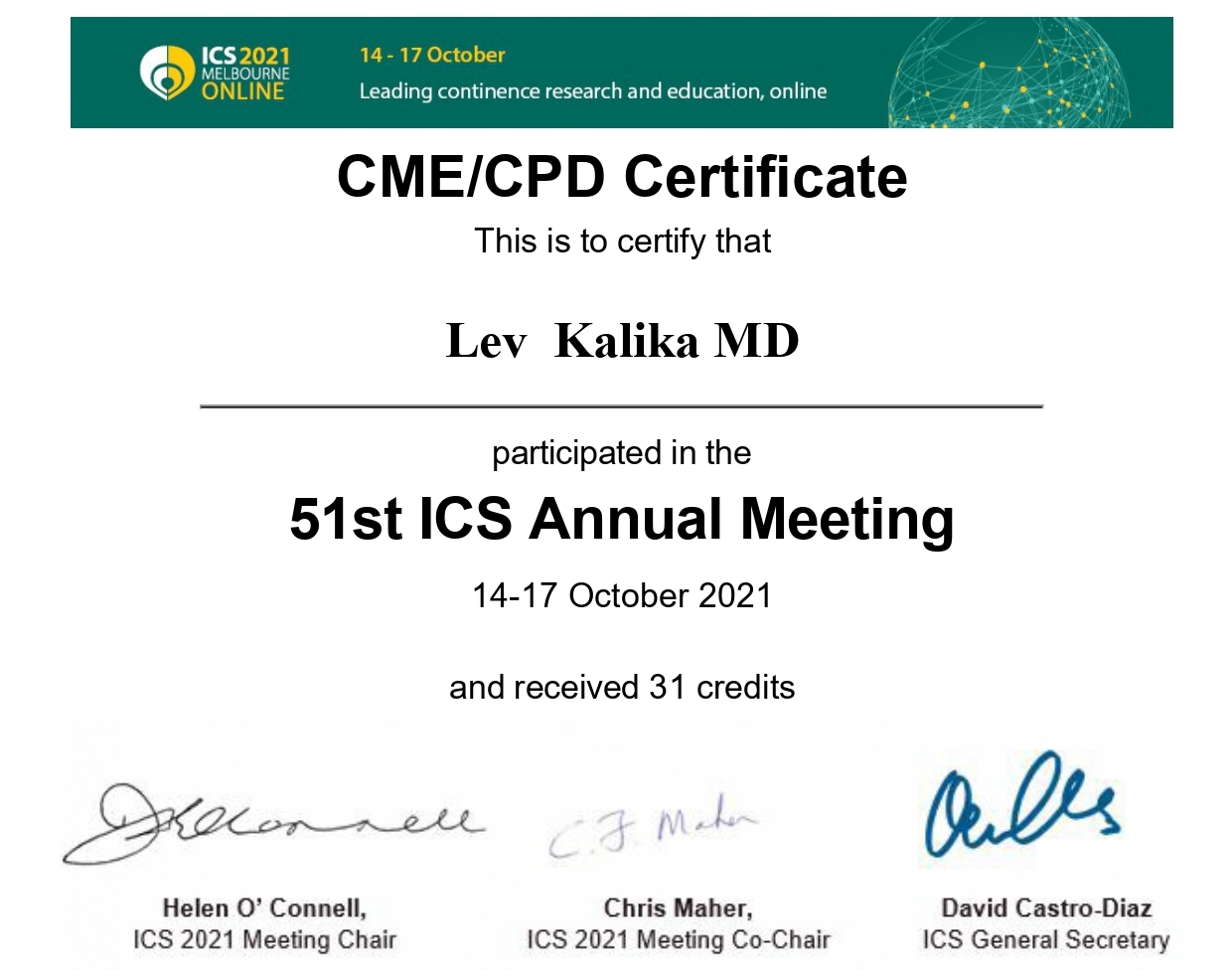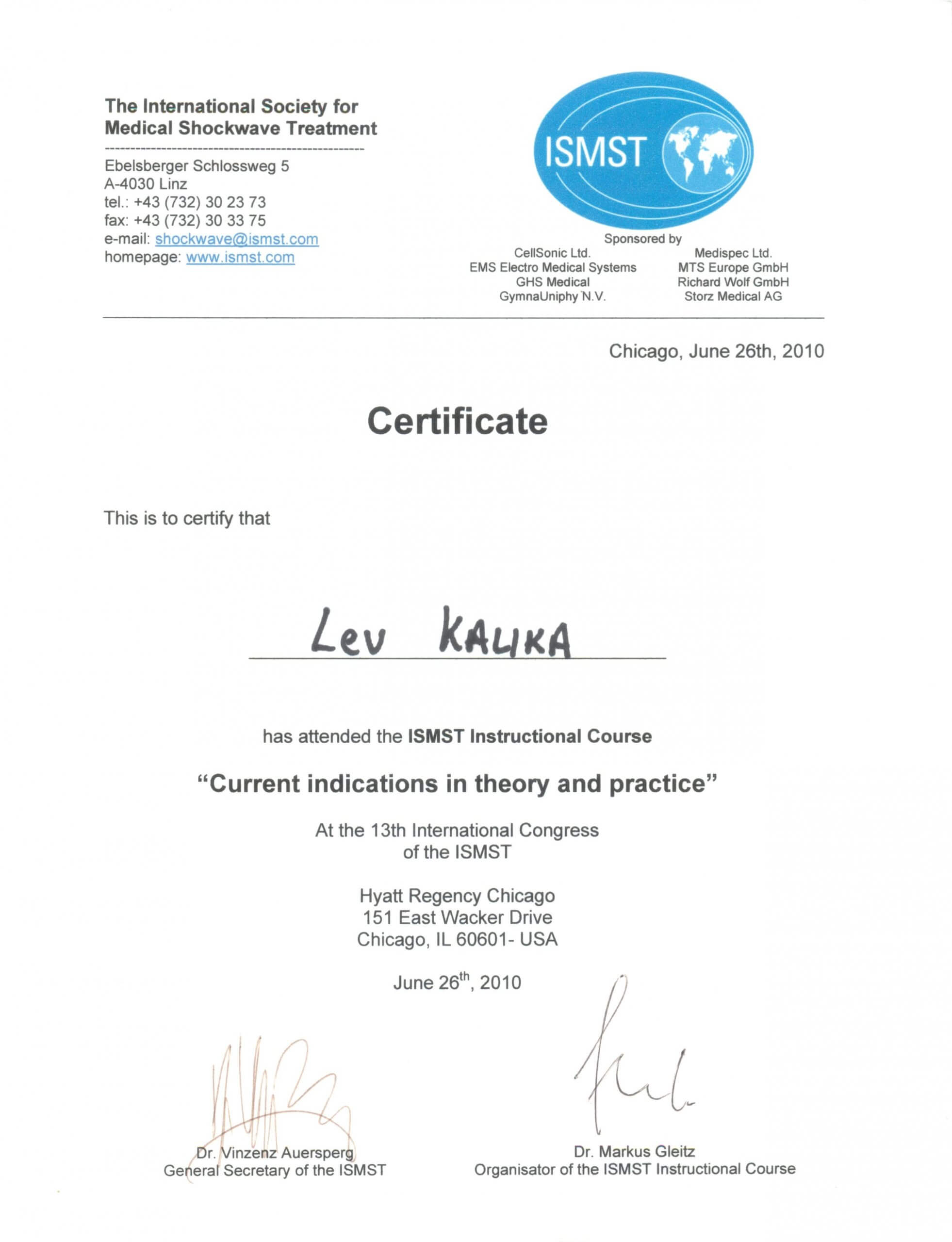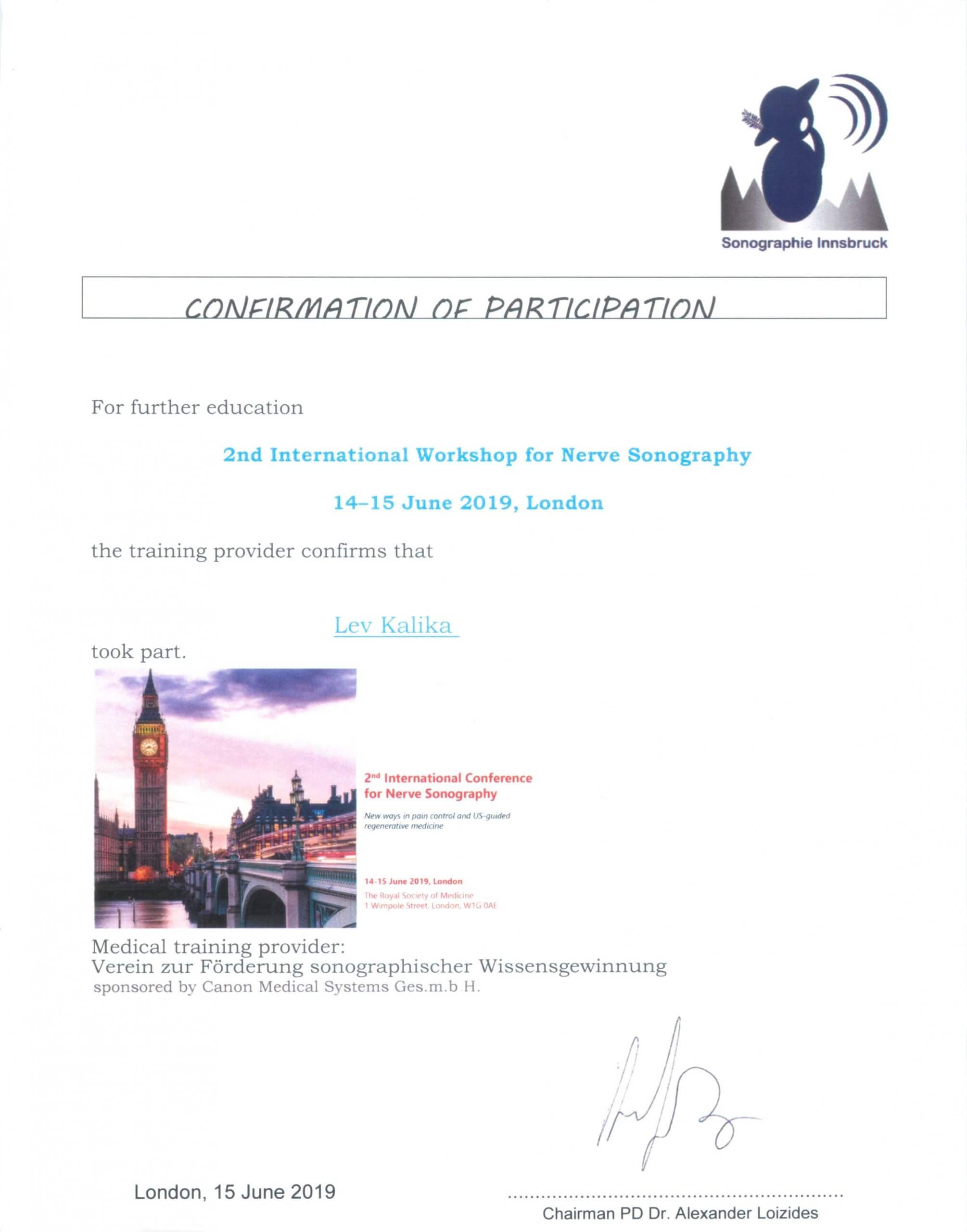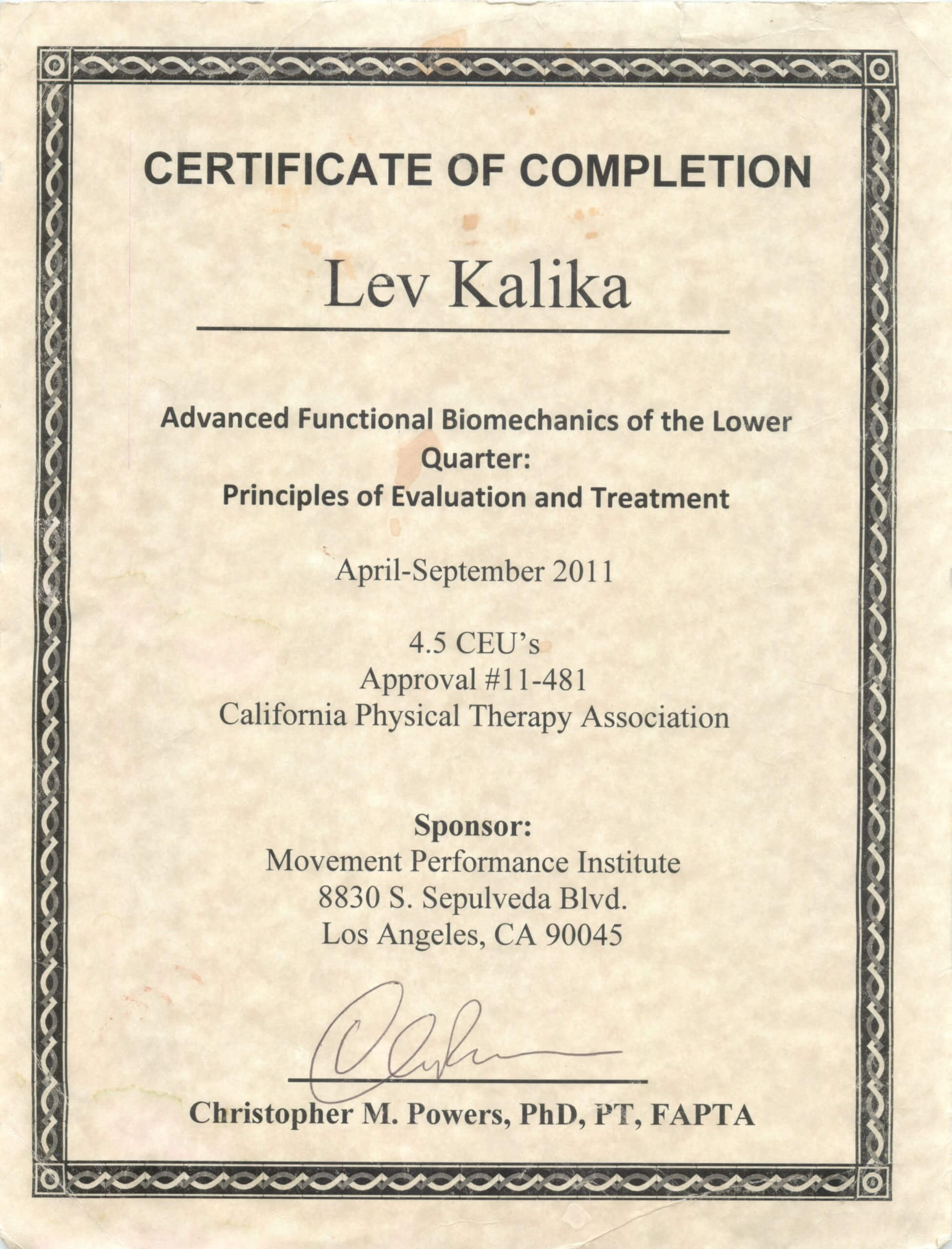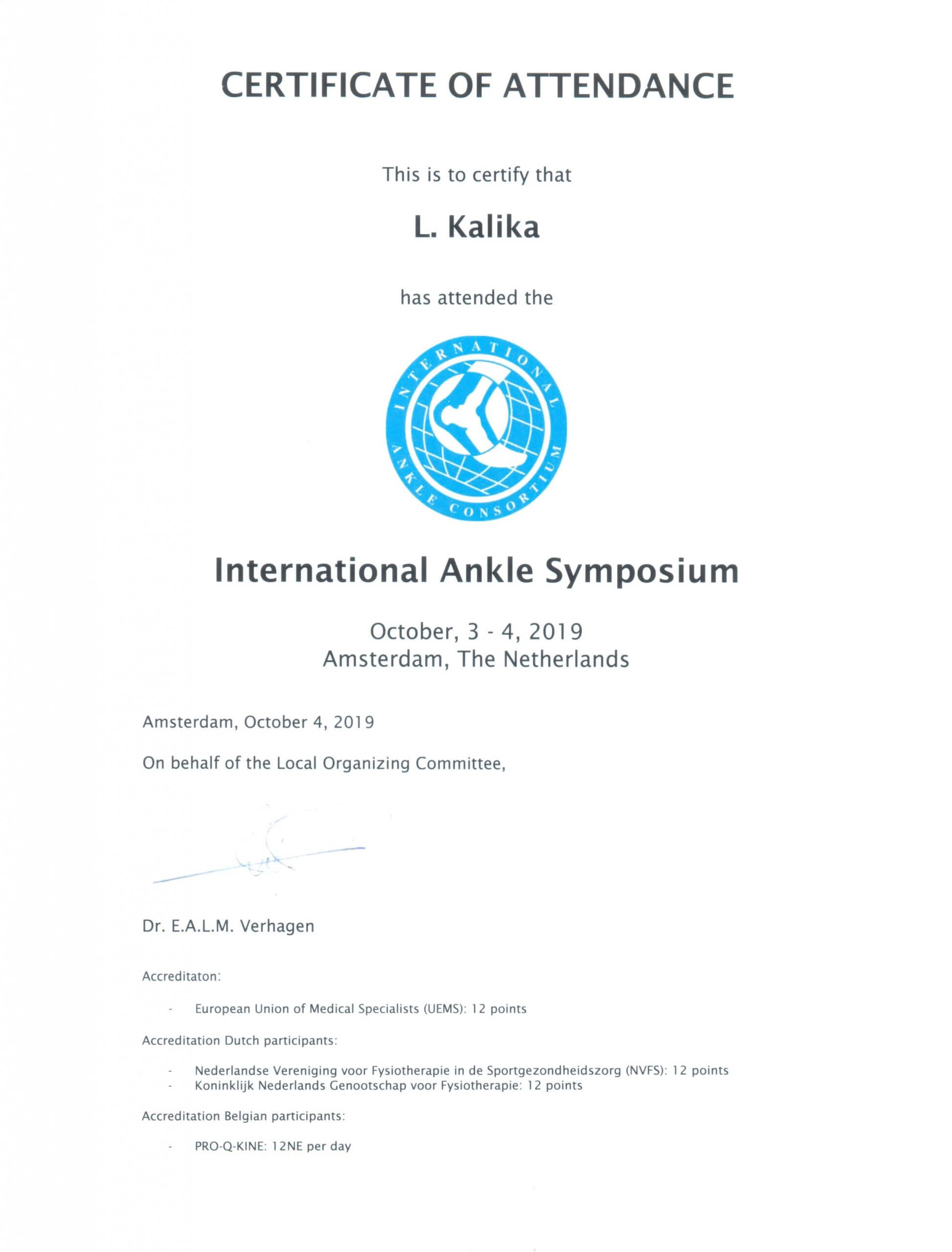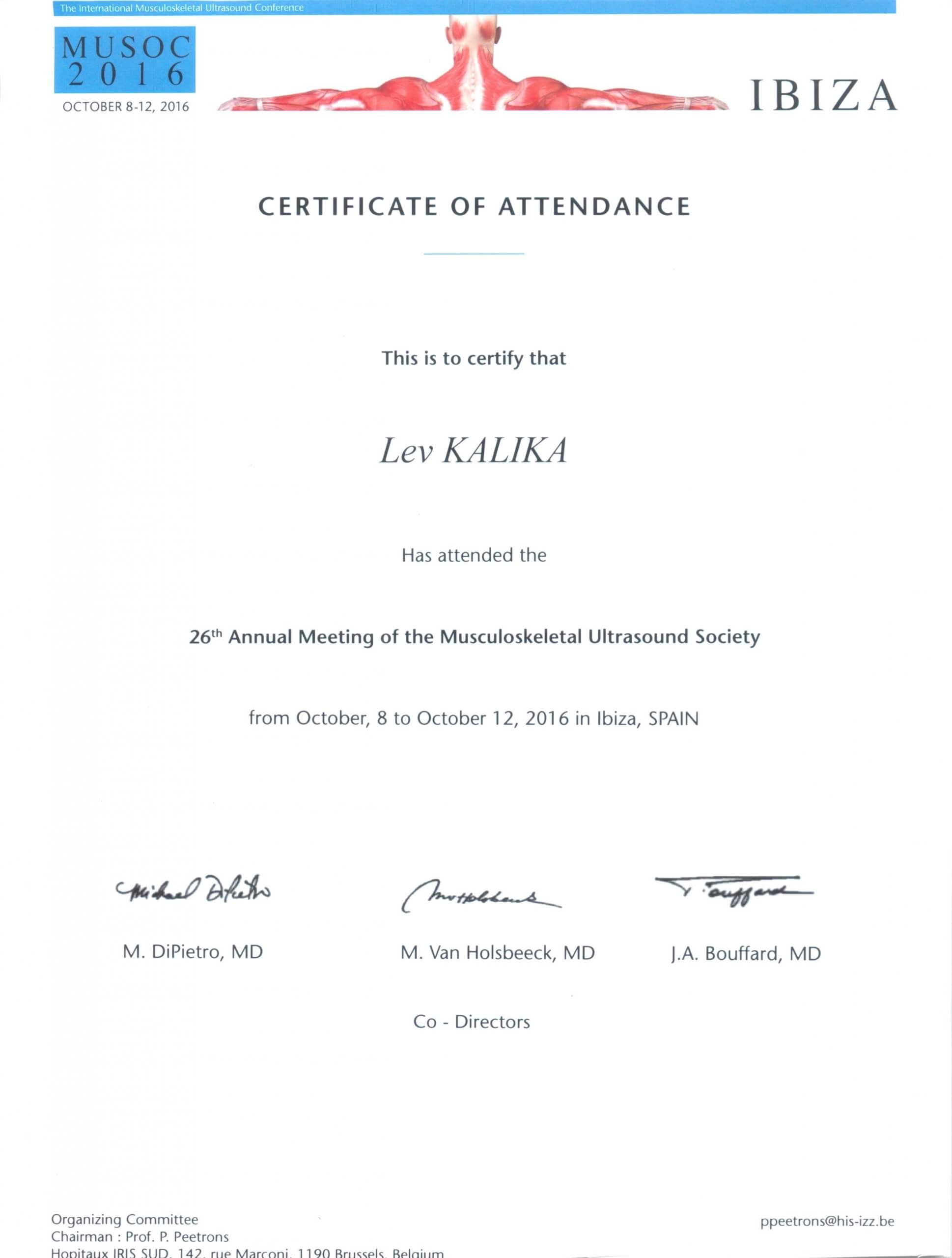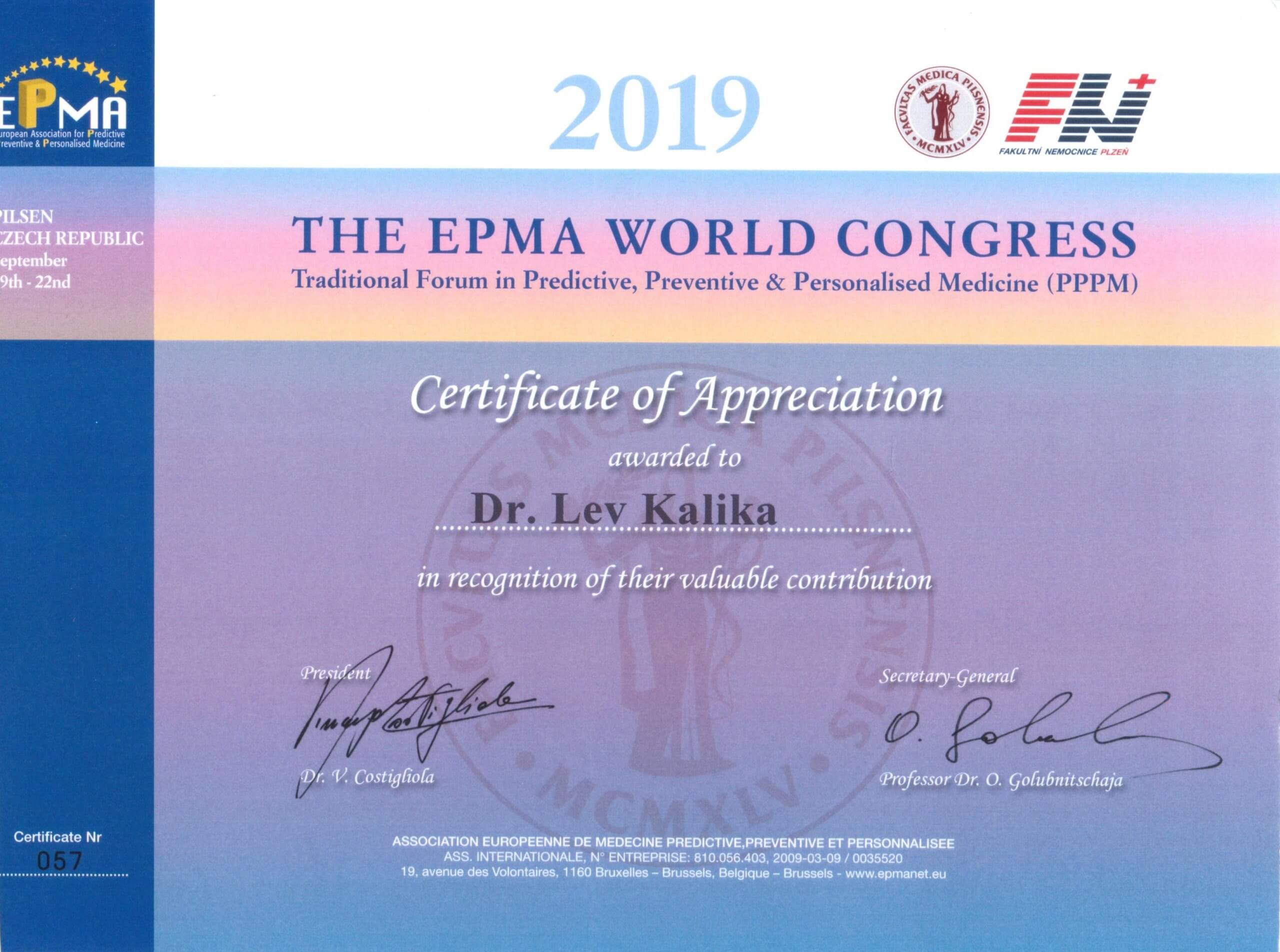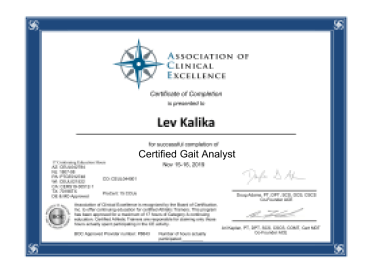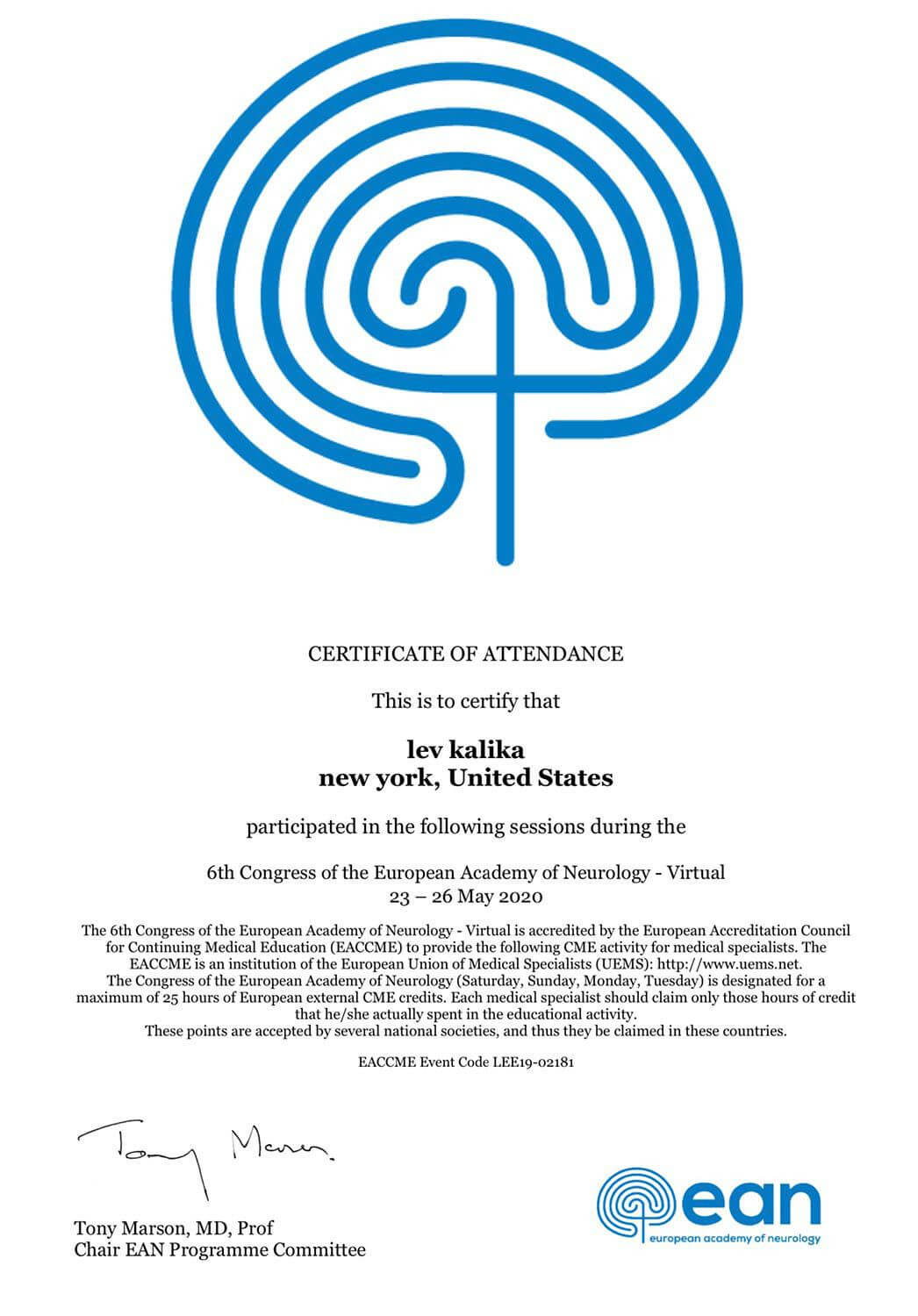There is no question that many of the human health ailments of the 21st Century are directly related to changes in how we work, eat, sleep and behave over the past several decades. Fast and processed foods, increased commute times, technological innovations, air and water pollution, chronic stress and sedentary lifestyles are all taking a toll on our health as we strive to have it all in the New Millennium.
One almost ubiquitous medical complaint among adults in the world’s most advanced cultures is acute and chronic back pain. Treatments range from mild analgesics like NSAIDs to spinal manipulation, to narcotic pain killers and surgery. Yet few popular medical interventions seem to completely resolve back pain.
A few years ago, Esther Gokhale, a California acupuncturist, began to study indigenous populations around the globe who appeared to have few incidents of back pain. She had experienced back problems herself, to the extent that she even had surgery to resolve them, to no avail.
In her quest for answers, she made the observation that illustrations of human spines depicted in drawings from as long ago as the era of Leonardo DaVinci and as recently as 1901 were shaped differently than those depicted in modern anatomy books. The older illustrations showed the spin as a sort of J-shape, with a more pronounced curve at the tailbone, and little to no curve at the thoracic and cervical spine. She also noted that ancient Greek statues and young children appear to have more J-shaped spines. By contrast, modern anatomy illustrations show the spine as an S-shape, with contrasting curves at the upper and lower spine.
As Gokhale dug deeper into spinal anatomy, she began to compare the postures of modern-day indigenous populations who experience little or no incidence of back pain, to the postures of technologically advanced populations. Sure enough, the indigenous people had a less pronounced S-curve, and a more J-shaped spine. Gokhale concluded that the S-curved spine is not optimally functional, but rather a misalignment brought about by modern lifestyle habits.
Gokhale went on to develop a series of exercises and write a book to help others correct their posture, tapping into physiotherapy methods like the Alexander Technique and the Feldenkrais Method, and drawing from the work of anthropologist Noelle Perez-Christiaens. She has since successfully treated dozens of back pain sufferers in her Palo Alto studio. She has developed a reputation as the “Posture Guru” among her patients, and doctors often refer back pain patients to her.
In her book, Gokhale provides five tips for back pain sufferers to resolve their postural issues:
- Roll your shoulders back and down while standing, sitting or walking. We tend to walk with our shoulders hunched forward, or scrunched up toward our ears. To correct this, inhale and lift your shoulders toward your ears, then exhale and roll them back and down, lifting your chest and allowing your arms to relax loosely at your sides.
- Elongate your spine. Sedentary living has caused our muscles to weaken, causing our spines to begin to collapse upon themselves. To lengthen your spine, breath in and try to grow taller, as if a string was pulling you upward from the crown of your head. Exhale and maintain your lengthened posture. Practice makes perfect!
- Contract your gluteal muscles when walking. Indigenous populations tend to have well defined gluteal muscles because they actively recruit them every time they walk or run. Strong gluteal muscles counteract tight hip flexors brought about by long hours of sitting, helping to align the pelvis, which in turn dictates spinal alignment.
- Elongate your neck and let your chin relax slightly downward. Spending hours on a computer or hovering over electronic devices has caused us to jut our heads forward. To correct this, make your neck longer and pull your head back. An old trick to perfect your posture is to balance a book on your head as you walk.
- Sit with your chest open and lifted and roll your shoulders back and down when seated. Working at a computer, driving and dozens of other tasks done seated have caused us to round our shoulders forward. To correct this, open your chest and squeeze your shoulder blades together slightly, allowing your shoulders to relax.
If you suffer from back pain or want to acquire a healthier posture, the specialists at NYDNRehab can help. We use innovative therapies and state-of-the art technologies to diagnose and treat our patients. Contact NYDNRehab today, and begin the journey toward a healthier spine and improved posture.
Source
Gokhale, Esther, and Susan Adams. 8 Steps to a Pain-Free Back: Natural Posture Solutions for pain in the back, neck, shoulder, hip, knee, and foot. Posturenomics. com, 2008.


